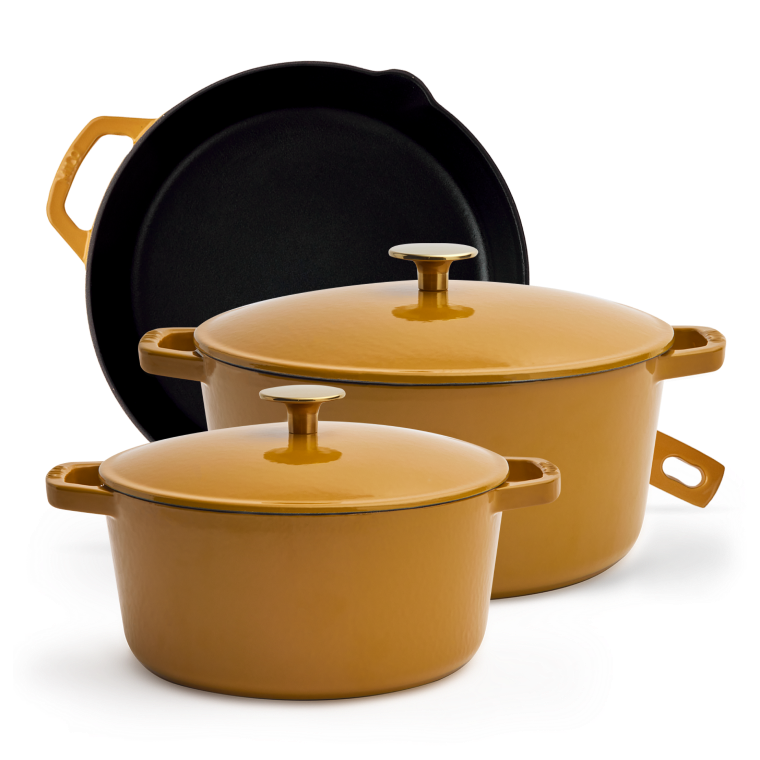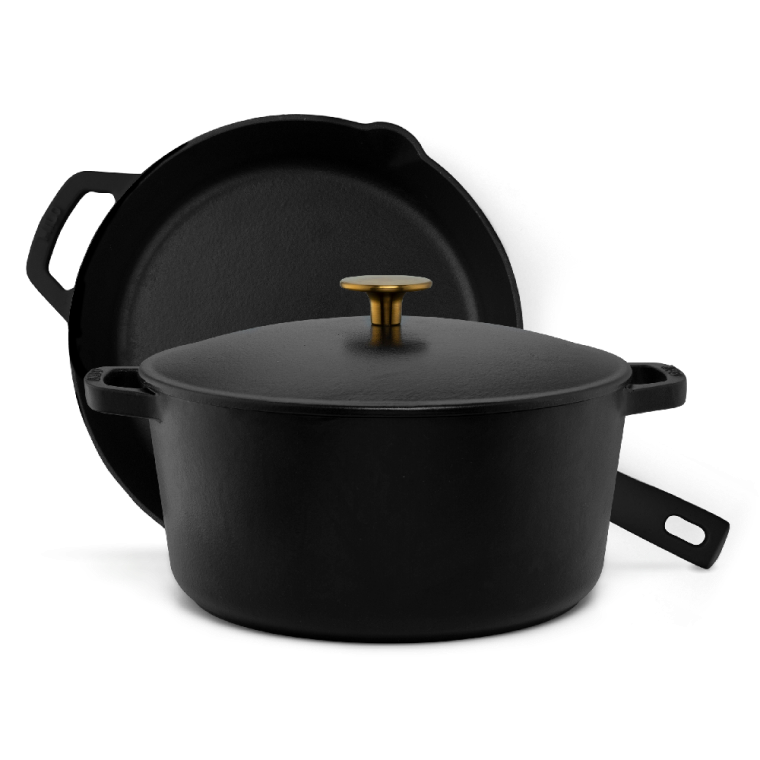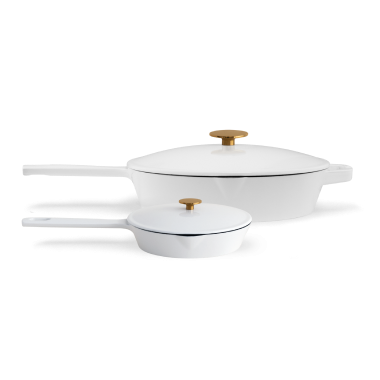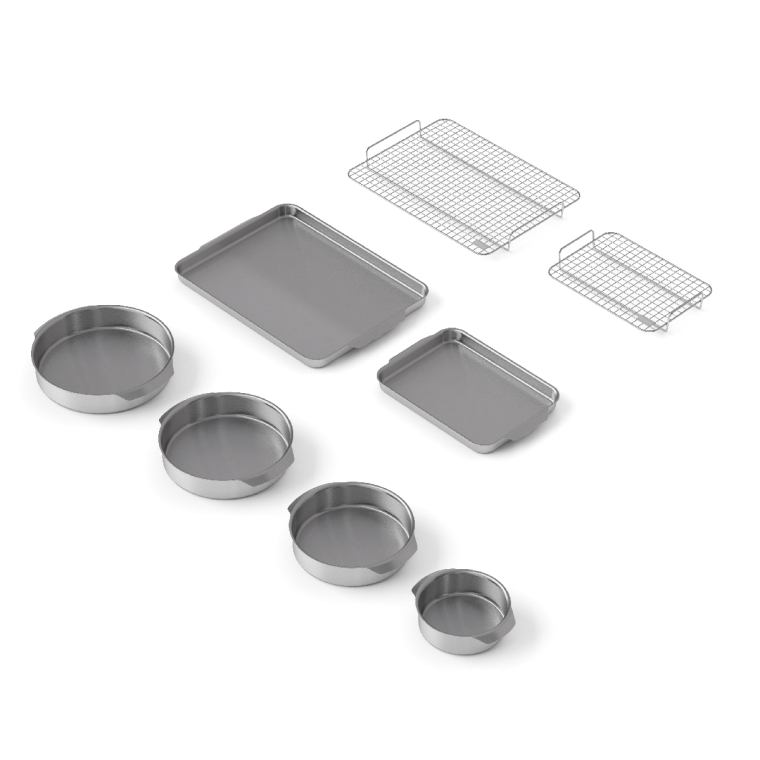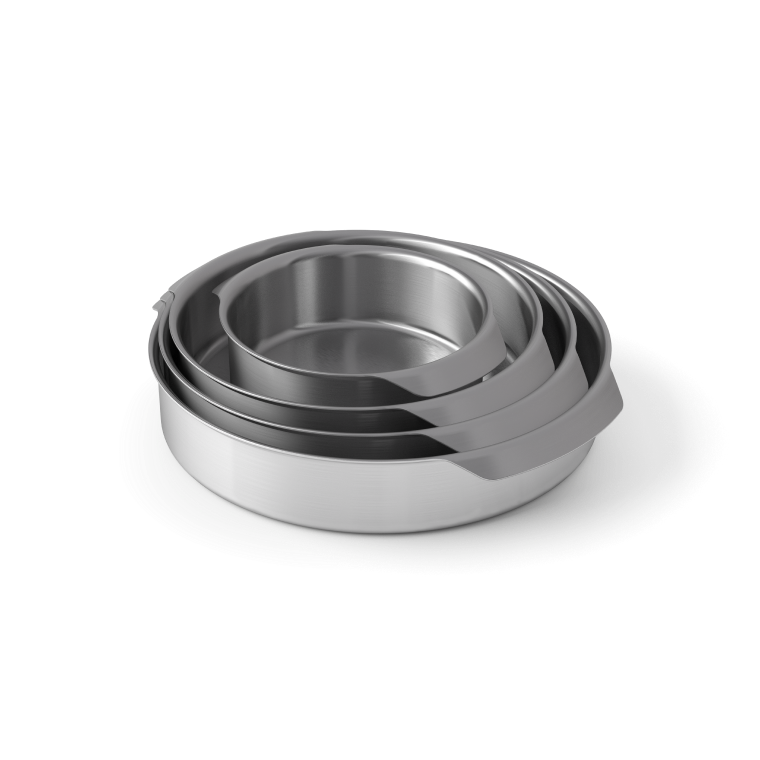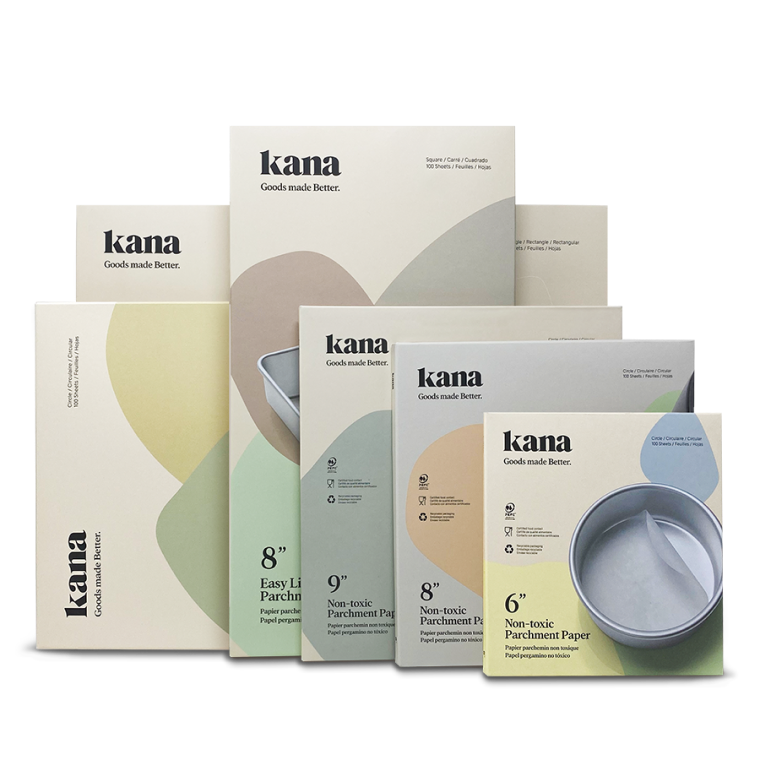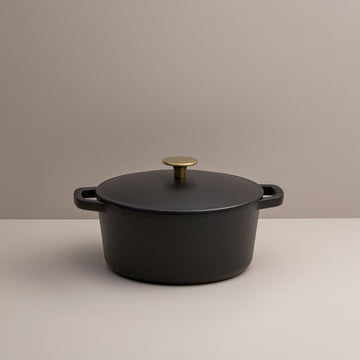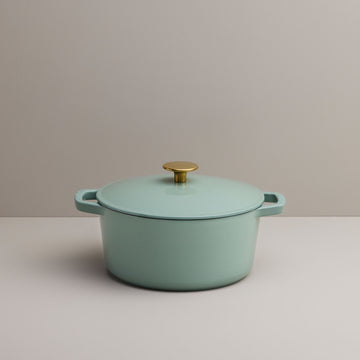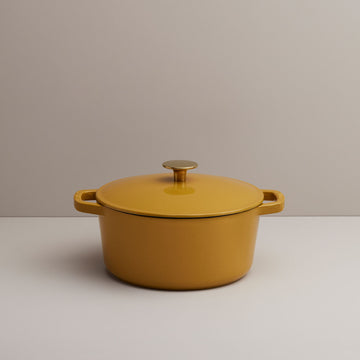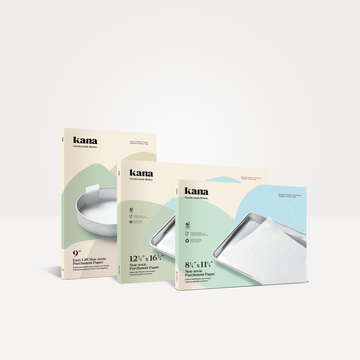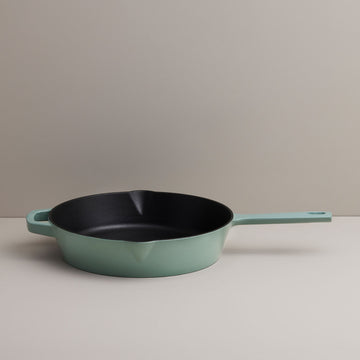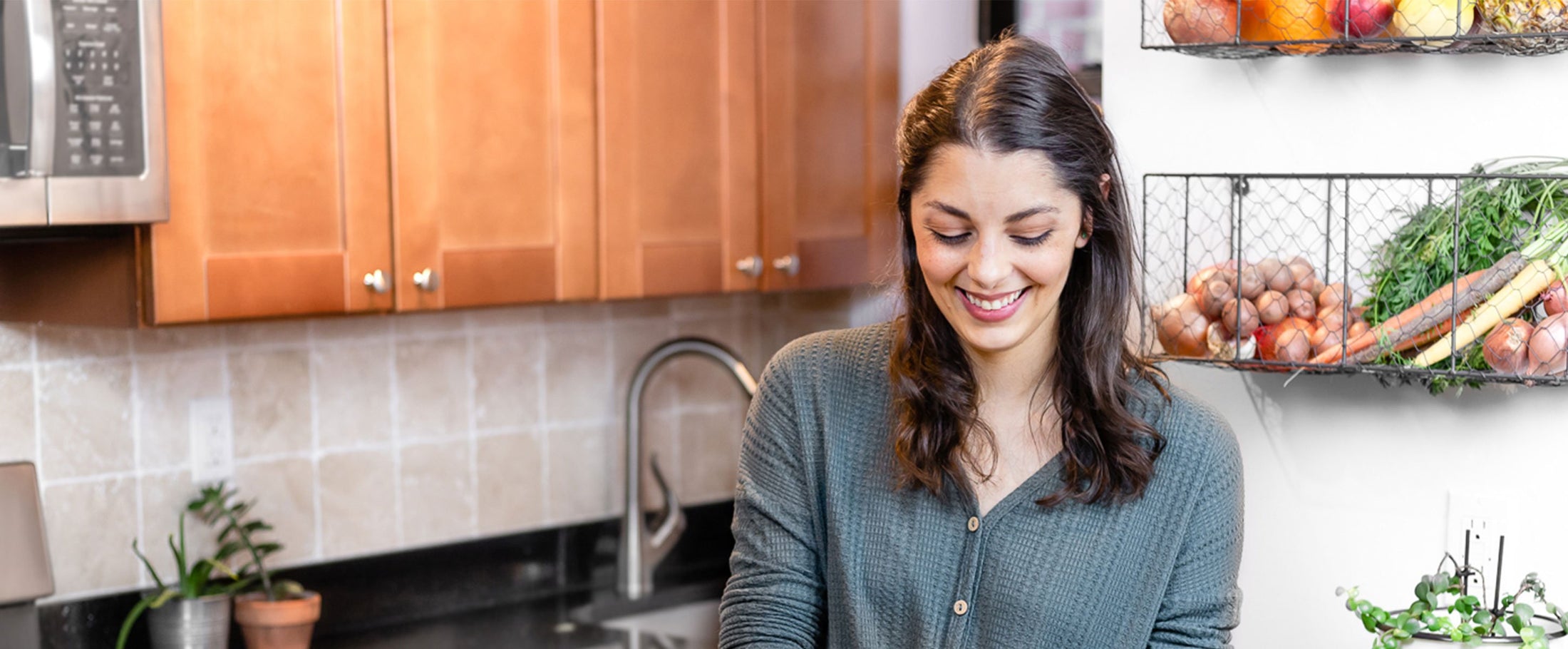
Julia Estrada is the face behind the delectable blog, Bread & Basil, and she certainly knows her way around the kitchen. Baking is her true love, and you'll often find her making artisanal breads in her New York City apartment.
All about Julia
KN: As one of our Kana ambassadors, we know that you spend a lot of time cooking, but what would you call your “day job”?
JE: Recipe development, food photography, and on camera culinary work are all my jobs! I’ve done temp work and other freelance gigs since moving to New York, but this is my primary focus and what I spend the most time doing. Before this, I was an actor, so I’ve never had a traditional “9-5” role.
KN: Where do you call home?
JE: I live in upper Manhattan (Harlem) in New York City. Before moving here, I grew up and went to school in Connecticut.

KN: What does your average day in the kitchen look like?
JE: After coffee, I generally get started on whatever project I’m making and photographing for the day. When I’m creating content, I like to get all my ingredients prepped ahead so that it’s that bit easier when I’m focusing on both making and shooting. Typically, I can do 2-3 recipes in a day depending on how complex the project is. On occasion though, I spend 3-4 days on the same project!
In addition to the food I make for my recipe development and photography for clients, I cook dinner 4-5 nights a week, and most of the time that doesn’t end up anywhere on social media or on the blog. I’ve got to keep some of my cooking to celebrate the pure, elemental joy of creating and eating food without the need to get the lighting or angle just right.
In addition to the food I make for my recipe development and photography for clients, I cook dinner 4-5 nights a week, and most of the time that doesn’t end up anywhere on social media or on the blog. I’ve got to keep some of my cooking to celebrate the pure, elemental joy of creating and eating food without the need to get the lighting or angle just right.
KN: What do you love to do, besides cooking and baking?
JE: I’ve always been engaged in art in some way or another, so I like to paint, knit, and work on other projects when I’m not creating in the kitchen. Lately I’ve been enjoying getting back into macrame...hello old trends coming back around!
JOIN THE CLUB
Like this story?
You’ll love our newsletter!
You’ll love our newsletter!
Julia in the kitchen
KN: How did you get into baking?
JE: My mom is a baker, so I learned from her! She’s always had a “make-it-from-scratch” mentality, so I adopted that same way of doing things. There’s a very early picture of me sitting on the counter absolutely covered in flour, so it seems I caught that bug pretty early!
Through middle and high school, I kept baking and teaching myself various techniques and processes, always trying to do things in the most professional way I could from my home kitchen. I’ve always had a strong interest in learning and improving, and finally got to take a five-session pastry class in 2020. Someday I would love to attend culinary school to further my technical knowledge and expertise!
Through middle and high school, I kept baking and teaching myself various techniques and processes, always trying to do things in the most professional way I could from my home kitchen. I’ve always had a strong interest in learning and improving, and finally got to take a five-session pastry class in 2020. Someday I would love to attend culinary school to further my technical knowledge and expertise!
KN: What inspired you to start your blog?
JE: My ultimate goal has always been to host a cooking and baking TV show, and I gave my first go at a food blog while in college, but didn’t keep up with it much.
In 2018, I was diagnosed with a genetic illness that I had been dealing with for my whole life, but finally had a name for. I knew that I had to do a pretty big overhaul of how I was living in order to take better care of myself, because this condition causes chronic pain and a variety of other dysfunctions that were catching up to me. I had to reimagine what my life would look like, and how I would reach my goals while giving myself the care I need.
While taking time away from other creative pursuits and temp jobs to rework my day-to-day life and handle some acute issues, I took a food photography class and started Bread & Basil. I wanted it to be a way to keep my creativity flowing, share my recipe development work with people, and see if I could make a go at working more on my own terms. Within a couple months of publishing my first post, I landed a job as an on camera host for 6 baking videos, and realized I had figured out the right path. Then, within a year, I had created a profitable business, and I haven't looked back since.
In 2018, I was diagnosed with a genetic illness that I had been dealing with for my whole life, but finally had a name for. I knew that I had to do a pretty big overhaul of how I was living in order to take better care of myself, because this condition causes chronic pain and a variety of other dysfunctions that were catching up to me. I had to reimagine what my life would look like, and how I would reach my goals while giving myself the care I need.
While taking time away from other creative pursuits and temp jobs to rework my day-to-day life and handle some acute issues, I took a food photography class and started Bread & Basil. I wanted it to be a way to keep my creativity flowing, share my recipe development work with people, and see if I could make a go at working more on my own terms. Within a couple months of publishing my first post, I landed a job as an on camera host for 6 baking videos, and realized I had figured out the right path. Then, within a year, I had created a profitable business, and I haven't looked back since.
“I wanted it to be a way to keep my creativity flowing, share my recipe development work with people, and see if I could make a go at working more on my own terms.”
KN: You currently live in an NYC apartment. How do you get creative in the kitchen when you’re tight on space?
JE: Every tool I own either has to be something I use for more than one purpose, or one whose purpose I can’t accomplish with any other tool. NYC apartment kitchens are known for being tight, but some are a little better than others! I’ve always made it a priority to have as much counter space as possible, which means no extraneous tools or appliances.
The other thing I recommend is hanging up as many tools as you can to get creative with vertical storage. You can buy a bar with hooks for $15-20, and hang all kinds of things on it like strainers, spoons or spatulas, or even pans if you anchor it correctly. This gets clutter off surfaces, leaving them free for all the kneading and rolling I need to do.
The other thing I recommend is hanging up as many tools as you can to get creative with vertical storage. You can buy a bar with hooks for $15-20, and hang all kinds of things on it like strainers, spoons or spatulas, or even pans if you anchor it correctly. This gets clutter off surfaces, leaving them free for all the kneading and rolling I need to do.
KN: You currently live in an NYC apartment. How do you get creative in the kitchen when you’re tight on space?
JE: Good oven mitts! I’m constantly taking hot pots and pans off the stove, out of the oven, moving them over to my table for shooting, etc. I rely on my oven mitts--silicone coated for good grip, and extra long to protect my arms--to prevent any burns from happening.
As a bread baker, the one tool I have that only gets used for a single purpose is my lame, which is a razor blade in a special wooden holder used for scoring. Considering it’s about the size of a small cookie, I say it’s worth the space it takes for all that I use it!
As a bread baker, the one tool I have that only gets used for a single purpose is my lame, which is a razor blade in a special wooden holder used for scoring. Considering it’s about the size of a small cookie, I say it’s worth the space it takes for all that I use it!

KN: What’s your favorite recipe book and why?
JE: I can’t name just one! I actually like reading cookbooks cover to cover to not only get an appreciation for the recipes, but also the techniques that a particular author uses throughout. My last read was “The Book on Pie” by Erin Jeanne McDowell, and I’m currently going through “The Food Lab” by Kenji Lopez-Alt.
Let’s finish with some quick-fire questions
KN: What’s your favourite thing to eat?
JE: Pasta! People always think it’s bread because I make it the most, but it’s definitely pasta. If we’re talking about dessert...ice cream.
KN: What’s your favourite thing to cook?
JE: Bread! I love the way the dough feels in my hands, and how much of a sensory process it is.
KN: What does the taste of home mean to you? Are there any flavours from childhood that make you nostalgic?
JE: Home tastes like really delicious, fresh Italian food. My mom is a great cook as well as being a baker, and her homemade ravioli is perfect.
KN: Which Kana product do you reach for most in the kitchen and why?
JE: The Milo Dutch Oven is definitely my most-used item, because it’s great for making breads, soups, pastas, and braised dishes.
Keep exploring
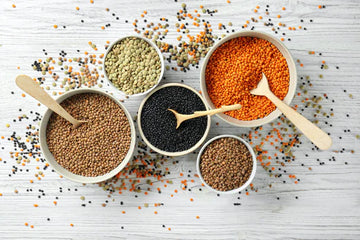
5 sustainable foods to cook for an eco-friendly kitchen
Cooking with these environmentally-friendly ingredients is a simple way you can reduce the carbon footprint of your kitchen today.
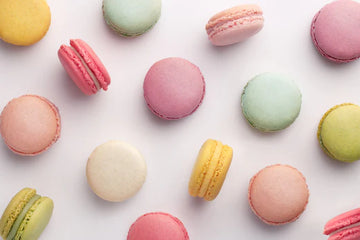
April Fool's Day: Our Favorite Food Fake-Outs
These creative dishes from some of our favorite culinary creators will have you doing a double take!
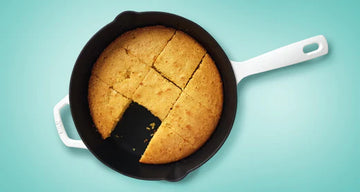
5 deliciously easy flour-free bread recipes
Simple bread recipes to make at home when you're running short on wheat flour.
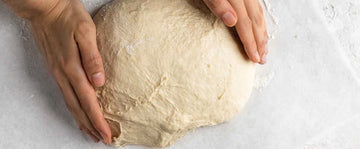
Demystifying gluten
You’ve definitely heard of gluten, but do you know how it plays a role in baking? Today we’re diving into the science behind gluten and sharing tips for understanding it in your baking.
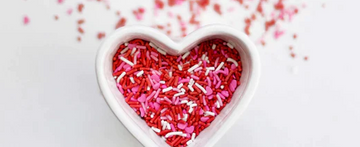
5 tips on decorating Valentine's cakes for that special someone
Get creative on Valentine’s Day by offering your loved ones something baked from scratch and uniquely decorated. Here are some easy ways to shake up your cake decorating.
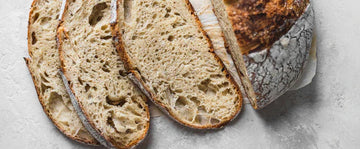
The proof is in the... proofing
The proofing process is an essential part of baking yeast-leavened goodies. Without it, you'll end up with a sad, flat pancake instead of that beautiful bread loaf you were hoping for. Yes, it takes some time to perfect the process, but once you've got it, you too can experience freshly-baked bread and pastries at home.

5 deliciously easy flour-free bread recipes
Simple bread recipes to make at home when you're running short on wheat flour.

Demystifying gluten
You’ve definitely heard of gluten, but do you know how it plays a role in baking? Today we’re diving into the science behind gluten and sharing tips for understanding it in your baking.

The proof is in the... proofing
The proofing process is an essential part of baking yeast-leavened goodies. Without it, you'll end up with a sad, flat pancake instead of that beautiful bread loaf you were hoping for. Yes, it takes some time to perfect the process, but once you've got it, you too can experience freshly-baked bread and pastries at home.
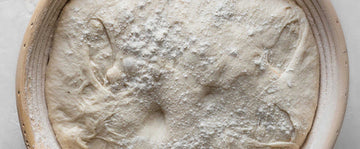
Proper proofing: how to work with yeast doughs
The most important technique to master when learning how to make bread and other yeasted treats is proofing, where all the rising happens. Today we’re going to learn how to proof bread dough for the best homemade loaves!
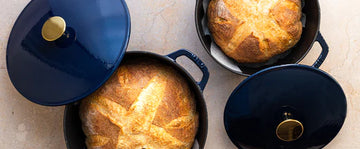
What size Dutch Oven do I need to bake bread?
Baking bread is one of the best parts of owning a Dutch oven. If you’re ready to give this wholesome activity a go but aren’t sure if you have the Dutch oven for the job, this article will help straighten things out for you.
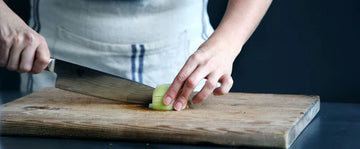
Celebrating women’s contribution to food history
Throughout history, women have been at the forefront of changing the way we look at food. From inventing the modern cooking show to coining the term “stir fry”, here are five women who have helped broaden the way we see and prepare food.

How to get your garden ready for spring
By April spring is in full swing and it’s the perfect time of year to start planning your garden. So while the April showers come down, get started with these simple steps that will help put a smile on your face as you watch your garden come together.

5 sustainable foods to cook for an eco-friendly kitchen
Cooking with these environmentally-friendly ingredients is a simple way you can reduce the carbon footprint of your kitchen today.
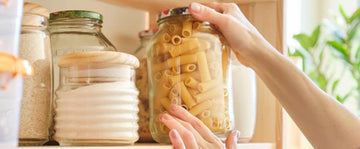
Gluten free pantry essentials to always have on hand
Having a well-stocked pantry is the key to successful gluten free cooking and baking.

5 successful strategies when cooking for large families
Mealtime doesn’t need to be stressful just because you have a lot of mouths to feed. Here are some simple strategies to decrease the time you spend preparing and cooking meals, and keep everyone (relatively) happy and complaint-free at the dinner table.
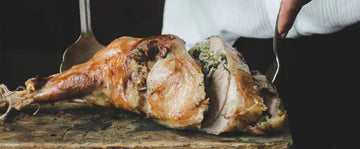
3 ways to cook turkey this holiday season
Turkey dinner is a steadfast tradition for many of us during the Holidays. From the benefits of brining to thinking twice about basting, here are three great ways to cook your turkey as part of a festive feast.
